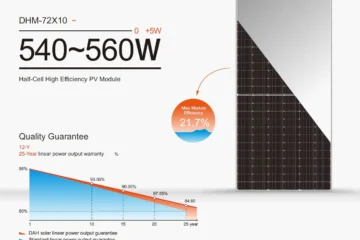Exploring the Advancements in Aseptic Filling Technology

As the demand for preservative-free products continues to soar, the evolution of aseptic filling machines has been nothing short of remarkable. Let’s delve deeper into the technological innovations driving this transformation and how they are reshaping the landscape of food preservation.
Precision Engineering: The Backbone of Aseptic Filling Machines
Modern filling machines are the result of years of research and development in precision engineering. These machines are equipped with advanced sensors and control systems that ensure every aspect of the filling process is meticulously monitored and adjusted to maintain optimal conditions. From temperature and pressure control to flow rates and sterilization cycles, every parameter is fine-tuned to perfection, guaranteeing the highest standards of product quality and safety.
Innovations in Sterilization Techniques
One of the key areas of innovation in aseptic filling technology lies in sterilization techniques. While heat-based sterilization methods have been the traditional approach, recent advancements have seen the integration of alternative techniques such as chemical sterilants and irradiation. These alternative methods offer advantages such as faster cycle times, lower energy consumption, and enhanced compatibility with a wider range of products and packaging materials.
Automation and Robotics: Enhancing Efficiency and Precision
Automation and robotics have revolutionized the way aseptic machines operate, enabling higher throughput rates, greater precision, and improved reliability. Robotic arms equipped with advanced vision systems are capable of handling intricate tasks such as cap placement, label application, and quality inspection with unparalleled speed and accuracy. This level of automation not only increases productivity but also reduces the risk of human error, ensuring consistent product quality batch after batch.
Integration with Industry 4.0 Technologies
The integration of filling machines with Industry 4.0 technologies is another significant development driving efficiency and innovation in the food processing industry. IoT-enabled sensors and connectivity solutions allow for real-time monitoring and remote diagnostics, enabling proactive maintenance and troubleshooting to minimize downtime and maximize productivity. Additionally, data analytics and machine learning algorithms provide valuable insights into process optimization and quality control, empowering manufacturers to continuously refine their operations for optimal performance.
Expanding Horizons: Aseptic Filling Machines in Emerging Markets
As the global demand for packaged food and beverages continues to grow, filling machines are playing an increasingly important role in emerging markets. The flexibility and scalability of these machines make them well-suited to meet the diverse needs and requirements of manufacturers in regions where access to traditional preservation methods may be limited. By enabling the production of shelf-stable products with extended shelf life, filling machines are not only satisfying consumer demand but also driving economic growth and development in these markets.
Embracing Sustainability: Aseptic Filling Machines and Environmental Responsibility
In an era of heightened awareness about environmental sustainability, aseptic machines are leading the charge towards more eco-friendly packaging solutions. By eliminating the need for preservatives and enabling the use of lightweight, recyclable materials, these machines help reduce waste and minimize the carbon footprint associated with food packaging. Furthermore, innovations in energy-efficient design and operation further enhance the sustainability credentials of filling machines, making them a preferred choice for environmentally conscious manufacturers.
Conclusion: The Future of Aseptic Filling Machines
In conclusion, the advancements in aseptic filling technology are driving a revolution in food preservation, packaging, and manufacturing. From precision engineering and innovative sterilization techniques to automation, connectivity, and sustainability, these machines embody the epitome of technological innovation and progress. As consumer preferences continue to evolve and the demand for preservative-free products grows, filling machines will undoubtedly remain at the forefront of innovation, shaping the future of the food processing industry for years to come.
Leave a reply
You must be logged in to post a comment.











